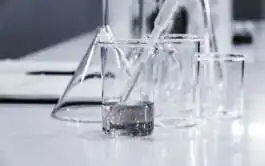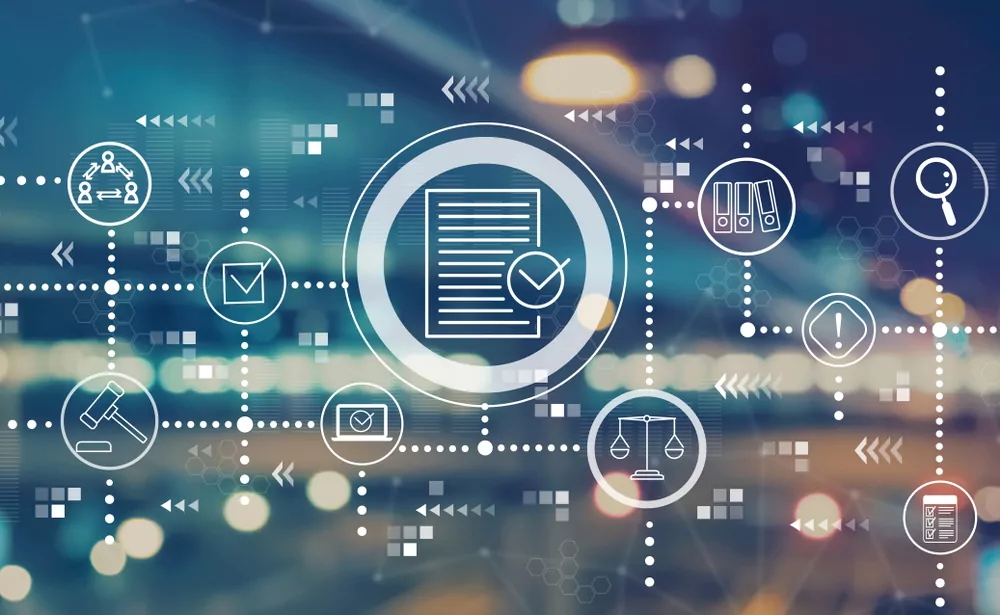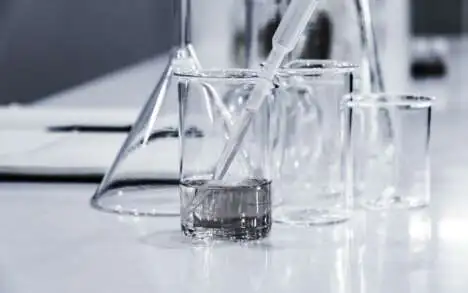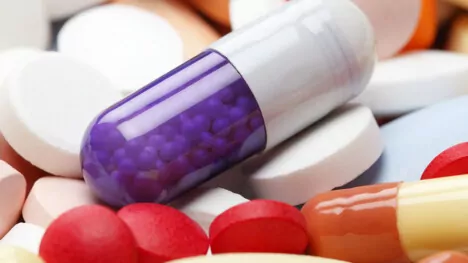Author: Joyoti Negi, Manager, Medical Devices / IVD, PharmaLex
India’s regulatory authorities have tightened their requirements for producing, importing, and marketing medical devices, bringing regulations more in line with those of major markets.
The Medical Device Rules Act of 2020 amends and updates the Medical Device Rules that were drafted in 2017 to provide specific medical device regulations aimed at ensuring products sold in India are safe and perform as intended and also for their mandatory registration.
How India’s MedTech products are regulated
Medical devices and In Vitro Diagnostics (IVDs) are controlled by the Drug Controller General of India (DCGI), which is part of the Ministry of Health and Family Welfare’s Central Drugs Standard Control Organization (CDSCO).
Before the 2020 amendment, only 37 categories of medical devices were regulated or notified to be regulated in the country. The changes mean all unregulated medical devices must be registered with the CDSCO.
Previously, importers could apply for an import license to bring a product to India. Under the new act, however, they must first register their company profile on the CDSCO website then go through the application process for an import license.
There are a set of rules that must be followed to obtain an import license for a medical device, including an evaluation to determine if it requires registration and, if so, which of the four risk categories (A, B, C or D) the product is classified under. Importers must use an agent and have confirmation of a draft application by the authorized agent.
Applying for a license
Registration of a medical device is also impacted by whether there is a predicate (or similar) device already on the market. Importers and producers with a predicate device already available in India would apply using a MD-14 with permission under form MD-15 for all risk categories.
New devices that do not have a predicate device in India should apply using application form MD-26 with permission under form MD-27.
Those products that don’t have a predicate will go through a more stringent application process, for example undertake clinical investigation, unless the product has been marketed in a reference country – the UK, US, Australia, Canada or Japan — for at least two years.
There are, however, some exceptions. If the medical device falls under Class A, clinical investigation data may not be required unless the Central Licensing Authority considers such data necessary.
In the case of a medical device of which drugs are also a part, the submission of requirements relating to animal toxicology, reproduction studies, teratogenic studies, perinatal studies, mutagenicity and carcinogenicity may be relaxed if those drugs are already approved and marketed in India and supported by adequate published evidence regarding safety of the drug.
Furthermore, if the medical device is indicated in life threatening, serious diseases or diseases of special relevance to the Indian health scenario, national emergencies, extreme urgency, epidemic and medical devices indicated for conditions, diseases for which there is no therapy, the animal data or clinical data requirements may be abbreviated, deferred or omitted, as deemed appropriate by the Central Licensing Authority.
Permission to import or manufacture a medical device or IVD that does not have a predicate device on the market in India will be subject to certain conditions, including:
- the medical device must conform to the specifications submitted along with the application
- the permission holder of form MD-27 must submit the Periodic Safety Update Report to the Central Licensing Authority from the date of launch in the market and every six months for first two years followed by annual submission for two more successive years
- the permission holder must inform the Central Licensing Authority of the date of launch of the medical device in the market
- the permission holder of Form MD-27 must submit any suspected unexpected serious adverse event within 15 days of the awareness of the event to the Central Licensing Authority
Following required processes
Importers, manufacturers, distributors, whole sellers and retailers of previously unregulated Class A (low-risk) and Class B (low-medium risk) medical devices sold in India were originally required to obtain a license before October 1, 2022, and that deadline was extended to 31 March 2023.
Importers and manufacturers, distributors, whole sellers and retailers of presently unregulated Class C (medium-high risk) and Class D (high risk) medical devices sold in India must obtain a license before October 1, 2023.
The State Licensing Authority assigns a Notified Body to confirm the requirements of Quality Management System and Technical Review for Class A & Class B Medical Device Manufacturers.
Central Licensing Authority may avail the services of a Notified Body for inspecting the manufacturing site of Class C and Class D medical devices and Technical Review.
As per a notification from CDSCO updated on 9 March 2023, 13 notified bodies have so far been registered.








